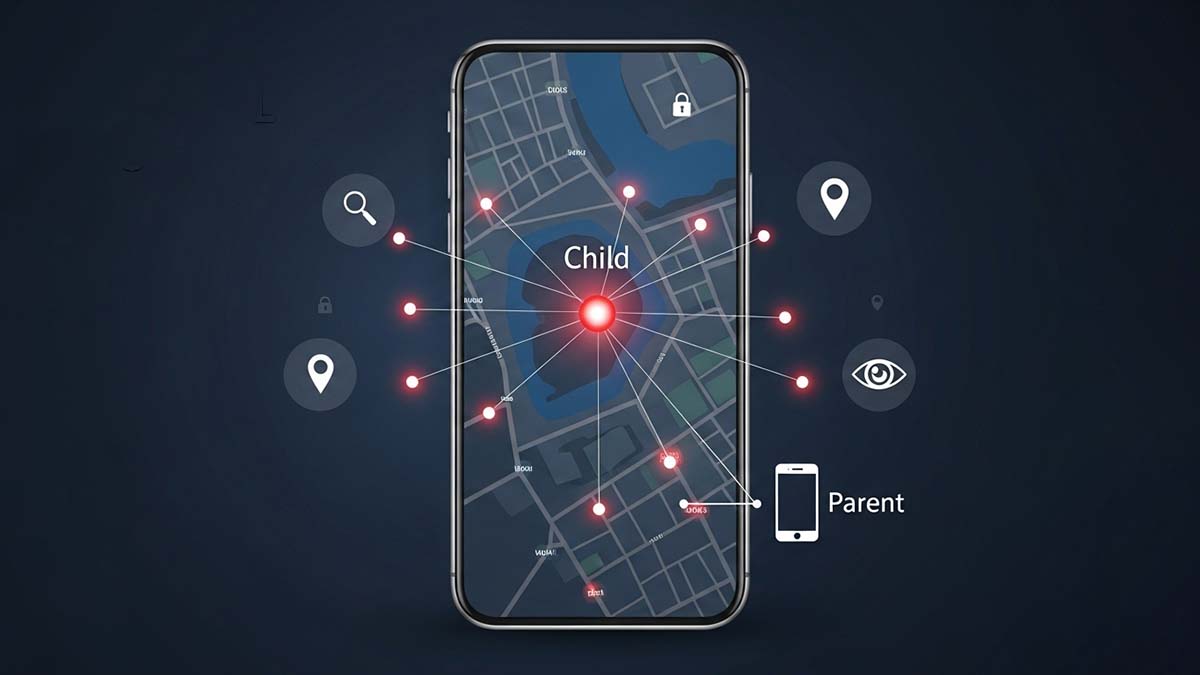Introduction: Where Creativity Meets Technology
Music creation has evolved from analog studios to laptops, and now to artificial intelligence. As someone constantly exploring the tools reshaping this space, I’ve tested multiple platforms that promise faster workflows, creative freedom, and high-quality sound. Among them, MusicCreator AI and its contemporaries highlight just how diverse the AI-powered ecosystem has become.
MusicCreator AI: Reinventing How We Approach Sound

Trying out MusicCreator AI for the first time felt like stepping into a future where music flows as quickly as ideas. The platform goes beyond traditional beat-making by combining melody generation, lyric integration, and genre-based composition into one seamless experience. What impressed me most was the accessibility—everything is browser-based, meaning no heavy setup or long learning curve.
One of the hidden strengths is the integrated Stem splitter, which allows you to isolate vocals, basslines, or percussion with surprising clarity. For remixers and DJs, this function transforms old tracks into raw material for something entirely new. It’s not just about convenience; it’s about unlocking new creative possibilities that normally demand costly plugins or hours of manual editing.
Beyond the technical features, MusicCreator AI delivers on an emotional level—it shortens the distance between imagination and production, offering instant demos for songwriters or polished background music for creators under tight deadlines.
Voice.AI Stem Tool: Focused But Niche

Exploring the stem separation service from Voice.AI offered a different perspective. The platform specializes in taking tracks apart, giving users distinct channels for vocals, drums, and other elements. It works well if your primary goal is to remix or study compositions rather than generate new ones from scratch.
In terms of workflow, the Stem splitter technology here feels accurate, though occasionally slower when compared with all-in-one systems. While it provides reliable results, the tool doesn’t expand much beyond audio dissection, leaving creative tasks like arranging or composing to other platforms. For users who simply want stems, it’s a focused choice, but it lacks the versatility of broader solutions.
You may also like: Top 5 Ad Intelligence Platforms You Shouldn’t Miss In 2025
Sesh.fm AI Stem Splitter: Built for Collaboration

The offering from Sesh.fm positions itself as a resource for communities and collaborative music-making. Using it felt different because the platform emphasizes sharing, session work, and easy integration with group projects. Rather than treating stem separation as a solo activity, it’s baked into a social environment where creators interact and build together.
The Stem splitter here is serviceable and consistent, allowing users to pull apart tracks for sampling or educational demonstrations. Its real charm, however, lies in how it aligns technical functionality with collaborative culture. For those who thrive in group settings and want AI tools that fit community-driven workflows, Sesh.fm provides a refreshing angle.
Fadr: A Playground for Experimentation

Finally, I tested Fadr, which positions itself as a playground for experimenting with audio and AI. The experience was less about polished production and more about curiosity-driven exploration, with tools for remixing, genre-bending, and sound manipulation. It feels aimed at users who love tinkering, even if they’re not professional producers.
Its Stem splitter option works effectively but is integrated into a wider set of features that lean toward fun, experimentation, and rapid prototyping. You can imagine DJs or casual musicians using it as a sketchpad before moving into a professional workflow. While it may not deliver the refined, production-ready feel of MusicCreator AI, it excels in sparking playful creativity.
Final Thoughts: Choosing the Right Companion
The right tool ultimately depends on your goals. If you’re a DJ who only needs stems, Voice.AI does the job. For community-driven creators, Sesh.fm provides collaboration features. For experimental musicians, Fadr adds playful exploration. But if you’re seeking a platform that balances speed, accessibility, and professional-grade results, MusicCreator AI stands out by delivering an end-to-end creative experience with its intelligent composition features and robust Stem splitter.
As AI continues to merge with artistry, platforms like these aren’t replacing musicians—they’re becoming essential partners in the creative journey. For anyone serious about producing original, adaptable, and professional-quality music, MusicCreator AI deserves a closer look.




One thought on “The Future of AI Music Tools: Comparing Top Platforms in 2025”
Haha, what a delightfully detailed AI stem tool comparison! Its like choosing the right digital butler for your beat-baking needs. Voice.AI is the no-nonsense stem snipper for DJs, Sesh.fm is the social club for collaborative stem cuddling, Fadr is the wild jungle gym for audio experiments (expect some jungle noises), and MusicCreator AI is the Swiss Army knife trying too hard to be the whole symphony orchestra. Honestly, if I had a dollar for every time I wished my Spotify playlist could just *collaborate* or *experiment*, I’d have enough to buy… well, a stem. Kidding aside, it’s fascinating seeing AI step into the studio, even if it’s mostly just good at taking things apart (or, you know, *dissecting*). These tools arent replacing musicians anytime soon – they’re just really, really good at specific chores. Thanks for the musical AI tour! laser marking machine